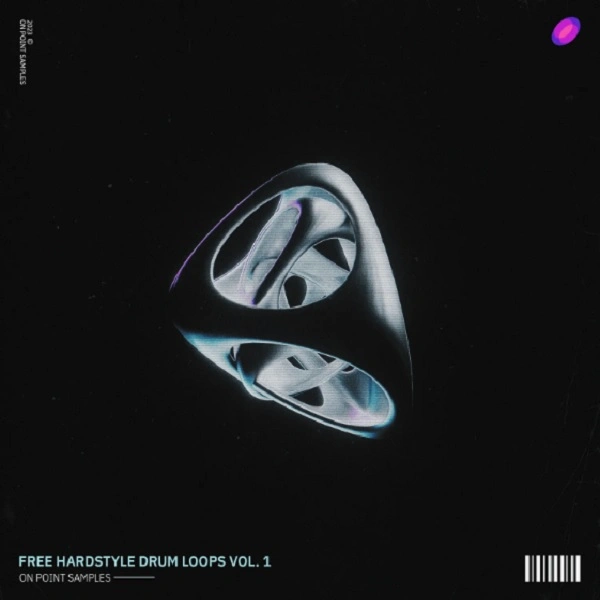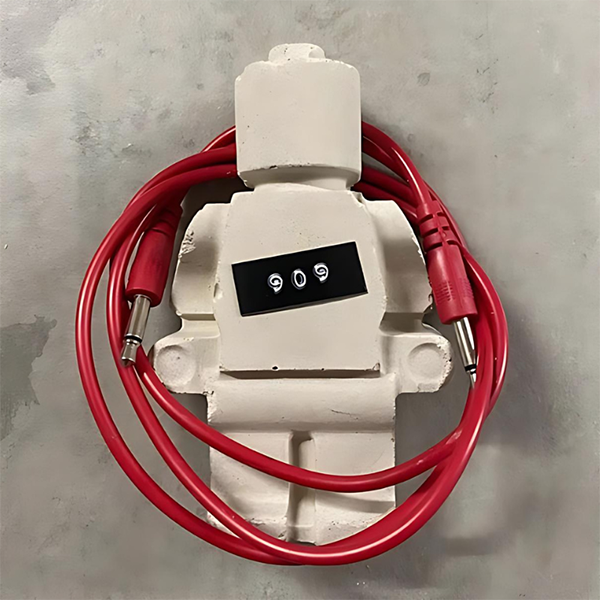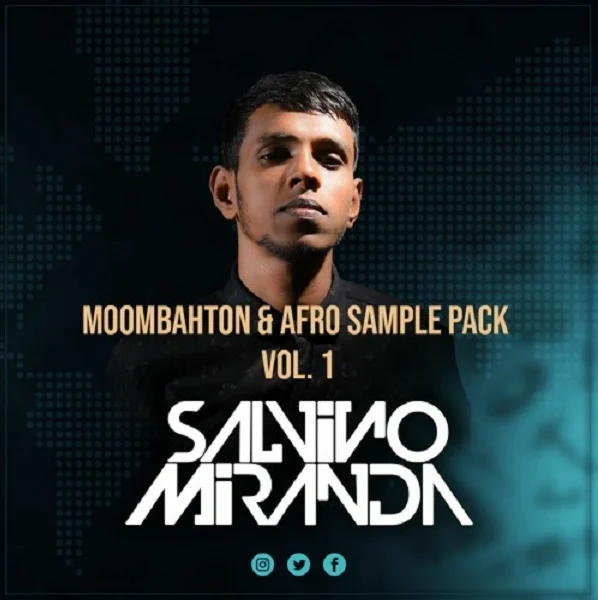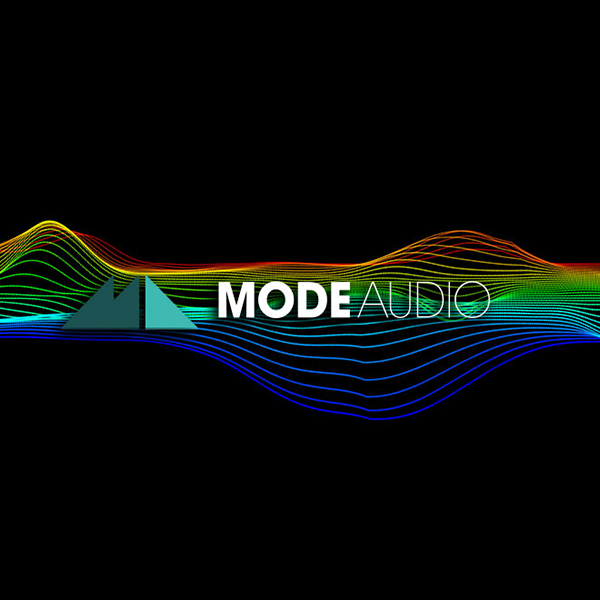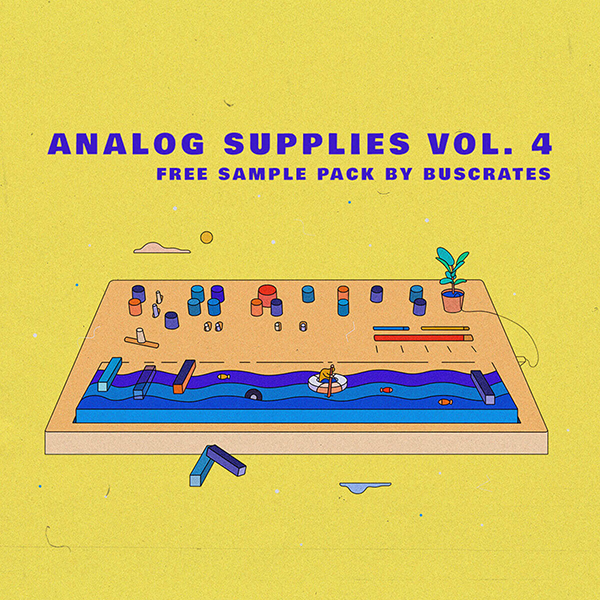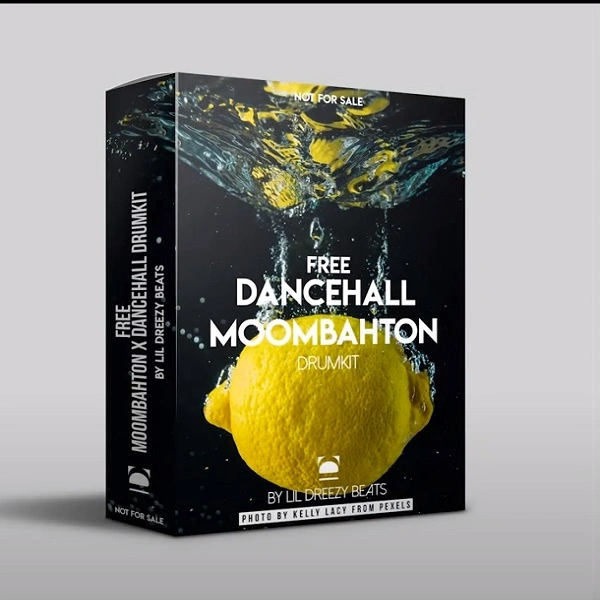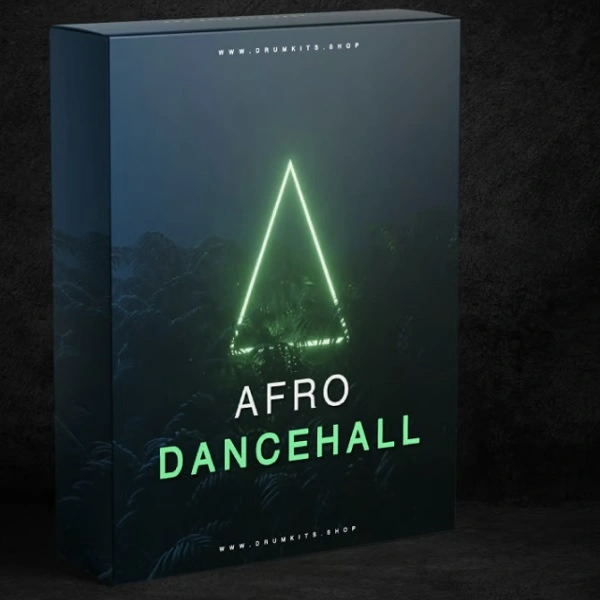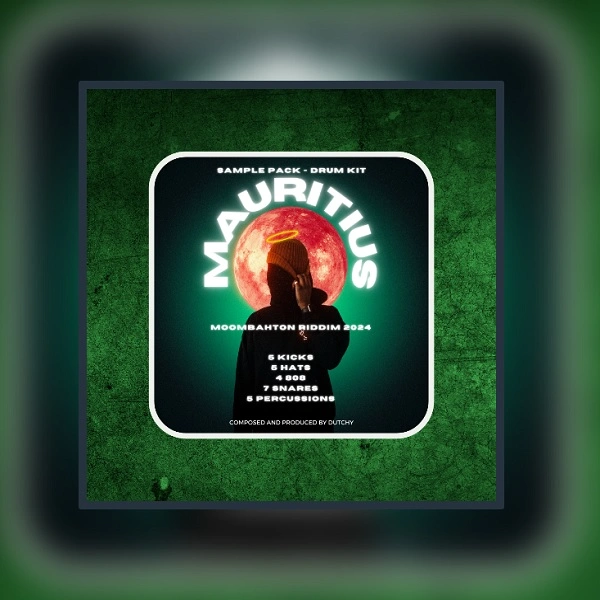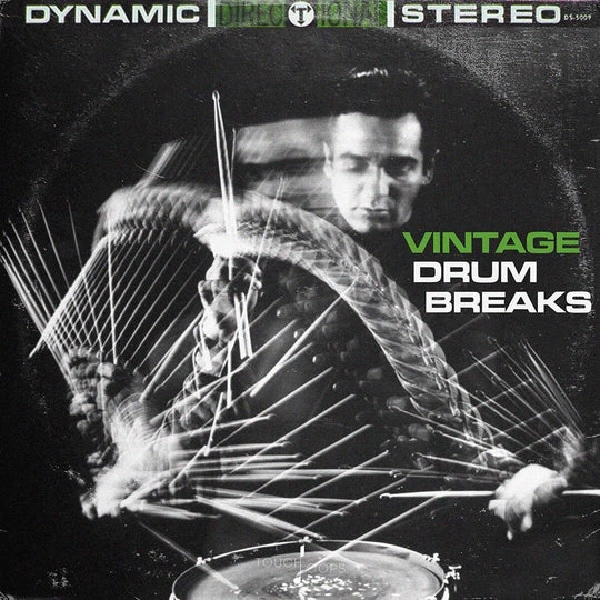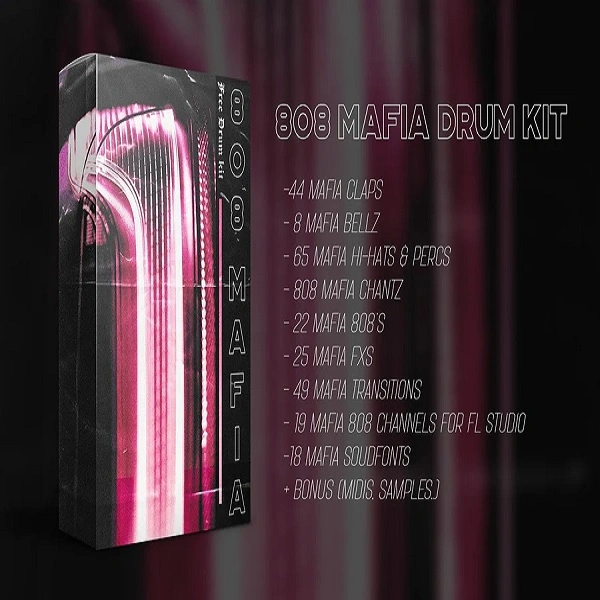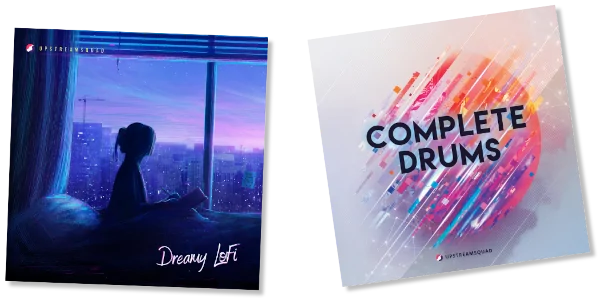Dreamscape – Drum Kit
871 Free Radio-Ready Drum Samples
Hardstyle Drum Loops Vol 1
909 Sample Pack
Moombahton & Afro Sample Pack Vol. 1
Selections Early 2023
Analog Supplies Vol. 4
DANCEHALL x MOOMBAHTON DRUMKIT
AFRO DANCEHALL DRUM KIT
UK GARAGE DRUM KIT
Vintage Drum Breaks
Young Chop Drum Kit
808 Mafia Drum Kit
Discover the Best Drum Sample Packs
Whether you’re crafting beats in your bedroom or fine-tuning tracks in a professional studio, our selection of the best drum kits and drum sample packs will inspire your creativity and enhance your projects, offering everything from acoustic drum samples to electronic music drums. It’s time to get your sampling on!
What are Drum Samples?
To effectively incorporate electronic drum, acoustic, and processed drum samples into our music, understanding the diverse range of drum samples including a percussion instrument and instruments available in our drum sample packs can elevate your beats, from congas to shakers, enriching your musical palette.
They provide us with a vast array of sounds and textures, from acoustic drums to synthesized beats, making it easier to find the perfect drum sound that fits our song’s vibe, including source drum samples for a gritty texture or clean percussion samples for clarity.
When we’re diving into using samples, it’s essential to experiment with blending them with our original drum recordings. This approach can significantly enhance elements like the kick and snare sounds, giving our tracks a more polished feel. We often use a snare sample to add punch or a kick sample to bring depth to the original drum sound.
However, it’s important to manage these samples carefully to avoid phasing issues. We make sure to bounce the chosen samples in audio format and align them properly with our original tracks. This meticulous process ensures that our drum sounds are crisp, clear, and free from any unwanted artifacts. Finding sample packs that use an analog synthesizer will give you clean samples where you don’t have to worry about artifacts in the audio.
Through this method, we can create compelling drum patterns and grooves that elevate our music to new heights, making the most of sounds and stuff available to us. Our guide aims to simplify the process of finding and using acoustic drum samples, percussion sounds, and drum fills to suit various music styles.
By integrating these keywords and concepts, the article now caters to a broader audience interested in a range of music styles, from acoustic to electronic, and highlights the wealth of resources available. This expanded focus encourages readers to explore new textures, rhythms, and sounds with drum samples to make their music truly stand out. Happy producing!
Recording Techniques
Having explored the drum samples, we now focus our attention on mastering recording techniques to capture the perfect drum sound. It’s essential to integrate these techniques into our music production process, not only to enhance the natural sounds of the drums but also to effectively use samples that complement and elevate the overall mix.
To achieve this, we follow a structured approach:
- Selecting Drum Samples: We carefully choose drum samples that align with our musical vision. Whether we’re aiming for a vintage vibe or a modern punch, the right samples can significantly impact our sound.
- Acoustic Treatment: Ensuring our recording space is acoustically treated allows us to capture the drum sounds cleanly, reducing unwanted reflections and noise.
- Microphone Setup: We meticulously position microphones to best capture the essence of the drums, experimenting with placements to find the sweet spots for the kick, snare, and toms.
- DAW and Plugins Familiarization: Before hitting record, we make sure we’re well-versed in our digital audio workstation (DAW) and any plugins we’ll use to process the drum sounds or to trigger the drum samples.
Editing and Processing
Once we import the drum samples into our DAW, we’re ready to dive into the crucial phase of the audio editing and audio mixing process to sculpt the perfect drum sound. This stage gives us the creative freedom to ensure every beat sounds good and sits well in the mix. We’ll use drum samples not just for their sonic quality but also to add a unique character to our tracks.
Here’s a quick guide to get you started:
Fine-tune with effects for a polished sound.
Editing and processing are about making those drum samples truly your own. It’s not just about making things sound good; it’s about utilizing these samples to their fullest potential. With careful adjustments and a touch of creativity, we can transform basic, drum loops and samples into powerful elements of our music. This process underscores the importance of detail in achieving a professional and cohesive sound.
Triggering Samples Effectively
The art of effectively triggering drum samples is crucial for adding depth and realism to our tracks. This blend between the drum kit’s acoustic elements and the electronic samples can elevate our music significantly. Layering one shots with dynamic percussion sounds from a range of music styles ensures our creations stand out.
Here’s how we ensure our drum samples are triggered effectively:
- Set Up MIDI Mappings: We start by precisely mapping our MIDI triggers to our drum samples. This ensures that every hit on the snare or kick drum triggers the corresponding sample accurately, enhancing the drum kit’s overall sound.
- Dynamic and Velocity Adjustments: We pay close attention to the dynamics and velocity of each sample trigger. This adds a human feel to our tracks, making the snare sound and kick drum more lifelike.
- Layering Techniques: We experiment with layering different samples to achieve a unique sound. This might mean combining several snare sounds to create a powerful backbeat or layering kick drum samples for added depth.
- Use Effects Wisely: EQ, compression, and reverb are our best friends when it comes to shaping the triggered samples. We use these tools to ensure the samples blend seamlessly with the original drum kit, maintaining the natural feel of our music.
By following these techniques and incorporating a broad array of acoustic drum samples and percussion samples into your music, you can explore new dimensions of sound and creativity. Whether it’s pop music, electronic music, or any genre in between, the right blend of samples and techniques will enrich your productions, making your music resonate with listeners across various music styles.
Mixing and Balancing Tips
To achieve a polished sound in our music, it’s crucial to master the art of mixing and balancing drum samples with the rest of the track. When we’re blending in drum samples, especially the snare drum, we aim for harmony between the original recording and the added samples. A bright snare sample can add clarity, while a fat snare can enhance the body and punch of the track.
Our mixing and balancing tips start with careful listening. We adjust levels to ensure the drum samples don’t overpower the mix but instead complement the existing sound design and drum kit. It’s about finding that sweet spot where the samples enrich the overall sound without becoming the sole focus.
For a bright snare, we might slightly boost the high frequencies with equalization to ensure it cuts through the mix. Conversely, for a fat snare, we pay attention to the low to mid frequencies, making sure it provides warmth without muddiness.
For a robust foundation, utilizing deep bass drum samples can significantly enhance the impact of your track, catering to genres from electronic dance music to rock.
We also consider the stereo field and panning, making sure each element of the drum kit sits well in the mix, providing a full and balanced sound. This attention to detail is critical whether we’re dealing with acoustic drums, percussion samples, or electronic beats, ensuring our music appeals across various music styles.
Creative Uses of Drum Samples
Having explored mixing and balancing tips, let’s now look at how drum samples can unlock creative potentials in our music production.
In the music industry, the use of drum samples has become a staple, not just for convenience, but as a tool for innovation. These samples, both free and paid, serve as virtual instruments that can significantly expand our sonic palette.
Here’s how we can creatively use drum samples:
- Layering for Unique Sounds: By combining multiple drum samples, we can create complex, one-of-a-kind drum sounds that set our tracks apart from others. This technique allows for a blend of textures that can’t be achieved with live drums alone.
- Flexible Sound Selection: Drum samples offer us an endless array of sounds from different drum kits and environments. This flexibility ensures our music can traverse genres and styles without limitation.
- Enhancement or Replacement: We can use drum samples to either enhance the sonic qualities of our live drum recordings or completely replace them, ensuring our tracks always have the perfect drum sound.
- Creative Mapping and Effects: Experimenting with MIDI mapping and applying effects like EQ, compression, and reverb to our samples can lead to innovative drum parts that push the boundaries of traditional drumming.
Incorporating these creative uses of drum samples into our music production process can open up new avenues for artistic expression.
Our samples cater to all types of record producers and contain samples for genrese including: Electronic Dance Music, Rock, Hip Hop music, and many more.
Technical Considerations for Drum Samples
Sample Formats
Understanding the most common sample and download formats is crucial for compatibility and workflow efficiency. WAV files are widely used due to their universal compatibility and high quality. When creating or downloading drum samples, prioritize WAV format for the best balance between quality and usability.
Bit Depth and Sample Rate
To ensure your drum samples have the highest fidelity, prioritize packs recorded with a high audio bit depth, offering richer textures and a more dynamic range for your productions. High-quality samples are essential for professional-sounding tracks.
Aim for samples recorded at a 24-bit depth and a 44.1 kHz sample rate or higher. This ensures your drum sounds are clear and dynamic, providing a solid foundation for your music.
Mono vs. Stereo Samples
Consider the spatial characteristics of your drum loops and samples. While kicks and snares often work best in mono, providing a focused sound, overheads and room mics in stereo can add a sense of space and depth to your drum tracks.
Expanding Your Drum Sample Library
Online Resources and Communities
Explore forums, blogs, and music production websites for hidden gems and exclusive packs. Engaging with the community can lead to discovering unique samples and gaining insights into creative ways to use them.
Recording Your Own Drum Samples
Recording your own drum samples can be incredibly rewarding, offering complete control over the sound and character of your drums. Use a quality microphone and preamp to capture the nuances of your drum kit or percussive objects. Experiment with different recording techniques to achieve a wide range of sounds.
Organizing Your Drum Samples
An organized sample pack and library is key to a smooth and efficient workflow. Categorize your samples by type (kicks, snares, hi-hats, etc.) and genre. Use descriptive filenames and consider creating custom folders for your most-used samples to streamline your creative process.
Frequently Asked Questions
Is It OK to Use Drum Samples?
We’re often asked if it’s alright to use drum samples. Absolutely, we believe it’s not only acceptable but beneficial. They enhance sound quality, offer creative freedom, and streamline the recording process, making our music richer.
How Do You Use a Sample in a Song?
We often incorporate samples into our songs by selecting ones that complement the track’s mood, adjusting their pitch and timing to fit seamlessly, and layering them with other sounds to create unique textures and rhythms.
How can the texture of a drum sample affect a beat?
The texture of a drum sample can greatly influence the feel and groove of a beat. Textures determine whether the sound is smooth or gritty, natural or synthetic, dry or reverberated. This affects how the beat sits in the mix and interacts with other musical elements.
Are there any legal concerns when using drum sample packs?
Nope! Not with the drum samples in our library. All the samples are royalty-free. This means you can use them in your personal and professional productions however you like.
Final Thoughts
Our extensive collection of drum sample packs is designed to inspire and enhance your music production. By understanding how to effectively use and manage these samples, you can take your tracks to new heights. Remember, the essence of great music production lies in experimentation and creativity. Explore new textures, rhythms, and sounds with these drum samples to make your music truly stand out. Happy producing!



